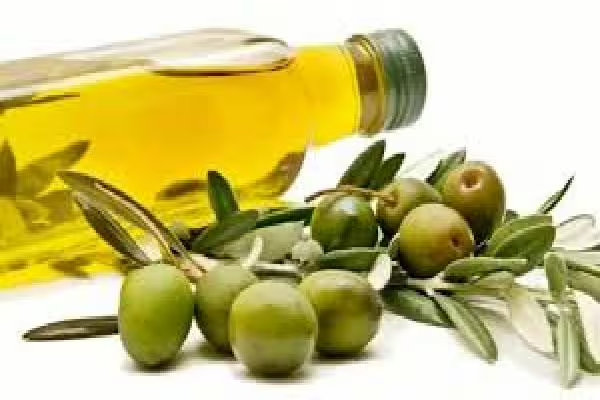Olive oil is a popular vegetable oil obtained by cold pressure from olives. It is produced in many regions of the world, notably in Italy, Greece, Spain and California. It is used in the kitchen for its soft and fruity flavor, as well as for its health benefits. Olive oil is rich in unsaturated fats, which are considered healthy for the heart and the cardiovascular system. It is also a source of antioxidants, which help protect the body from damage caused by free radicals. In addition, it contains important vitamins and minerals, such as vitamin E and potassium. Olive oil is often used in the kitchen to season vegetable, meat and fish dishes, as well as to prepare sauces and dressings. It can also be used as a condiment, replacing butter or margarine, to spread bread or to add a touch of flavor to the dishes.
